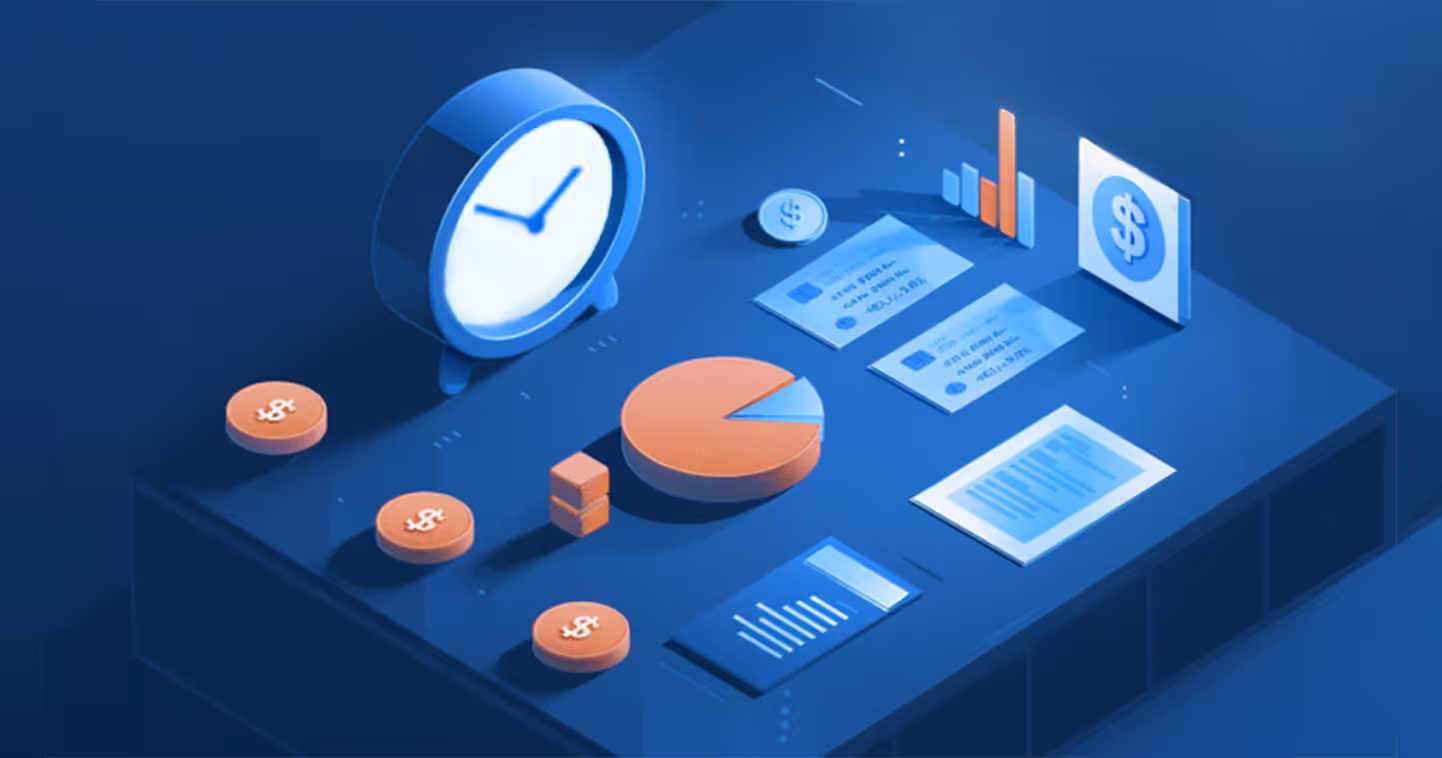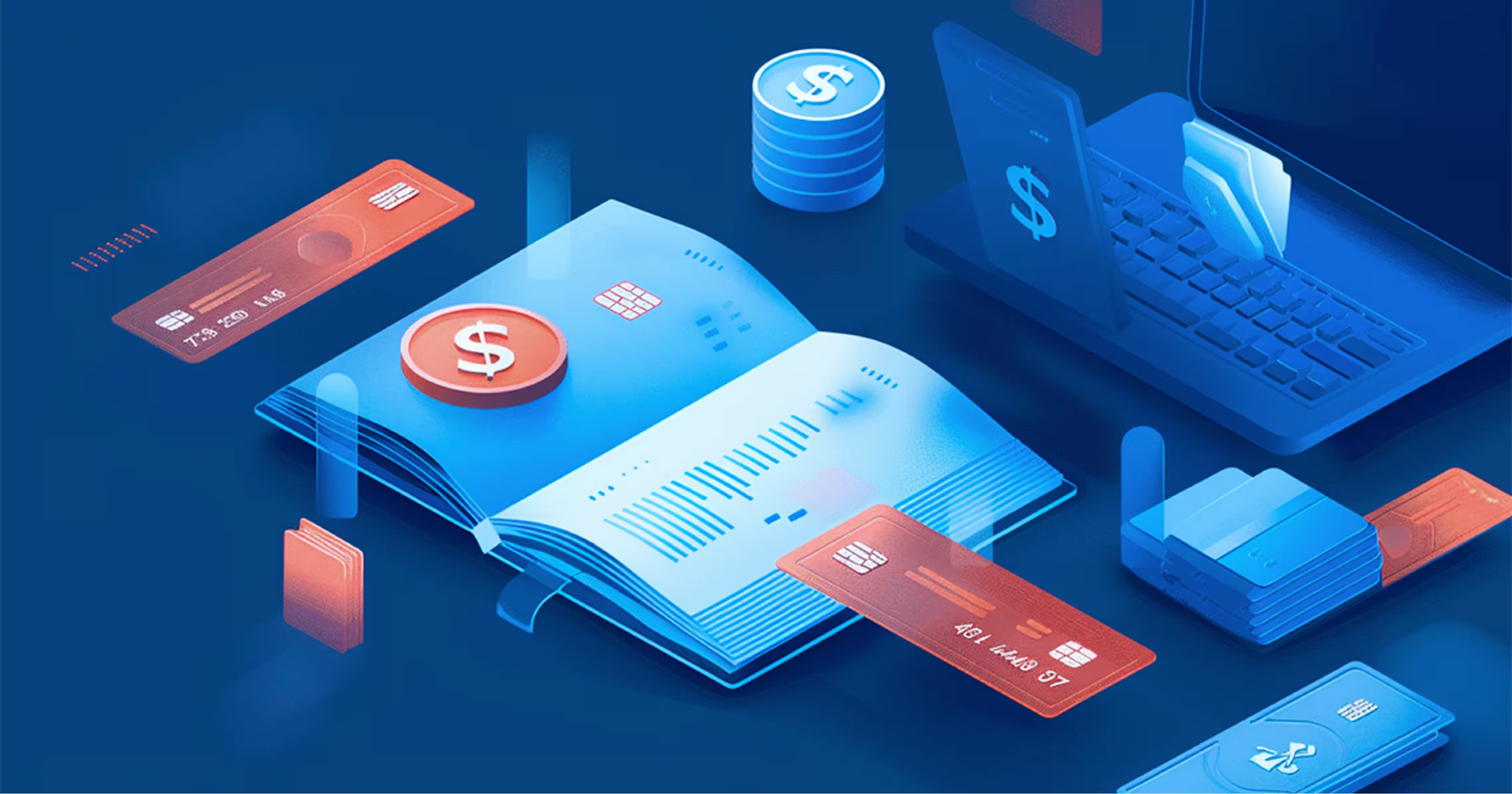The Real Cost of Tariffs: Who Really Pays & How They Affect Your B2B Business

I recently visited a global SaaS company in the middle of its annual planning cycle. The finance room looked more like a situation room, walls lined with tariff charts, shipping invoices, and updated vendor quotes.
Someone joked, “We’ve turned trade policy into a full-time job.”
The CFO half-smiled. Over the past six months, every procurement cycle has brought a surprise new import duties, revised supply contracts, fluctuating exchange rates.
She said, “Every model we built in Q1, is outdated by Q3.”
That’s what makes the cost of tariffs so complex , they ripple quietly through supply chains and surface where it hurts most: the expense sheet.
In this blog, we’ll unpack who really pays, how costs cascade, and what CFOs can do to protect their margins and forecasts.
What are tariffs and how do they work?
Let’s strip the jargon away: tariffs are taxes governments place on imported goods. They’re designed to protect domestic producers or serve as leverage in trade negotiations.
But in practice, they’re like invisible toll gates in global commerce and every crossing adds up.
The mechanics
- Ad valorem tariffs: a percentage of the import’s value (e.g., 10% on a $1M shipment = $100K).
- Specific tariffs: a flat fee per unit (e.g., $50 per device).
- Compound tariffs: a blend of both.
Once imposed, tariffs are collected at customs, but the cost rarely stops there. Importers factor them into invoices, vendors adjust pricing, and eventually, the end customer whether a consumer or another business foots the bill.
According to Yale Budget Lab, the average U.S. tariff rate hit 18.6% in 2025, the highest since the 1930s. The same report found tariffs raised overall price levels by 1.8%, translating to about $2,400 per household annually. For CFOs, that’s not abstract, it’s a reminder that trade policy is now a cost-forecasting variable.
Who really pays the cost of tariffs?
Although tariffs are levied on importers, they don’t carry the full weight for long. Costs flow through supply chains, often landing on businesses, consumers, and even taxpayers.
Let’s see how this happens.
How tariff’s impact on American consumers?
American consumers end up carrying much of the tariff burden often without realizing it. Every trade policy shift translates into higher retail prices and fewer choices on store shelves.
According to the National Retail Federation (NRF), proposed tariff increases could force U.S. consumers to pay an additional $6.4 billion to $10.9 billion annually for household appliances and $8.5 billion to $13.1 billion annually for furniture.
How this plays out:
- Retailers pass increased import costs directly to consumers.
- Limited product availability forces customers toward higher-priced alternatives.
- Rising household expenses reduce overall spending power.
For B2B businesses, these consumer impacts eventually circle back as budget tightening among clients, especially SMBs that serve retail, logistics, or manufacturing sectors.
Tariff-driven inflation isn’t confined to goods, it compresses demand and growth across entire B2B value chains.
What is the effect on B2B businesses and enterprises?
Tariffs increase procurement costs for enterprises and SMBs, squeezing margins and forcing tough decisions on supplier strategy, pricing, and investment.
In software and tech, the impact shows up across:
According to S&P Global estimates reported by Axios, U.S. companies are projected to face $1.2 trillion in tariff-related costs this year.
For finance teams, that means re-forecasting operating margins mid-cycle, negotiating new vendor terms, and finding ways to absorb or offset losses, all while keeping investors confident.
Cost burden on small and medium businesses
SMBs feel tariffs are the hardest. They often lack the leverage to renegotiate supplier terms or raise customer pricing fast enough to offset shocks.
According to the Federal Reserve Bank of New York, most U.S. firms have struggled to fully pass tariff costs onto customers. While some manufacturers and service firms were able to raise prices to offset higher tariffs, a significant portion, particularly smaller businesses, absorbed these costs internally. This internal absorption has implications for cash flow and profit stability, highlighting the financial pressures tariffs impose on small and medium-sized enterprises (SMBs).
For a $40M SaaS company, even a $300K tariff bill can slash free cash flow by 12%, delaying hires or expansion plans.
- Diversify supplier base into tariff-light regions.
- Use rolling cash-flow forecasts to model cost shocks.
- Negotiate shared-cost clauses with key vendors.
- Add flexibility into customer pricing agreements.
Tariffs act like a hidden tax, they quietly compress margins unless finance leaders embed agility into sourcing and pricing.
What are the economic and operational effects of tariffs on businesses?
Tariffs don’t just change cost structures, they fundamentally reshape how organizations operate. What used to be a straightforward procurement or budgeting exercise now requires strategic agility.
When you’re planning next year’s capital spend, supplier contracts, or renewal cycles, a single change in import duties can upend your assumptions. Suddenly, sourcing strategies need re-evaluation, pricing models must flex, and margin forecasts demand scenario testing.
For finance leaders, tariffs introduce a new dimension of uncertainty - one that extends beyond procurement into cash-flow management, revenue forecasting, and even hiring plans.
How do supply chain disruptions and adjustments impact businesses?
Businesses often reroute or rebuild their supply chains in response to tariff spikes.
According to Yale Budget Lab, effective tariff rates climbed from 2.4% in 2024 to 15.6% in 2025, triggering widespread supplier reconfiguration.
What typically follows:
- Production shifts to regions like Vietnam, India, or Mexico.
- Lead times increase, delaying procurement and project delivery.
- Compliance costs rise, as companies vet new suppliers under different trade rules.
CFOs now view supply chains as financial assets, not just operational ones. Mapping vendor exposure by geography helps quantify risk before it hits margins.
Reassess supplier concentration quarterly. A vendor’s location risk can be as impactful as its cost when tariffs disrupt trade lanes.
How can pricing and contract adjustments help manage tariff costs?
Tariffs compress profit margins, forcing finance leaders to choose between absorbing costs, passing them on, or splitting the impact.
The goal isn’t to avoid price adjustments altogether, it’s to communicate them transparently. Customers tolerate tariff-related increases when they understand the rationale.
How do tariffs impact SMBs?
SMBs are often hit hardest by tariffs, facing constrained cash flows and limited ability to adjust pricing without losing competitiveness.
Top SMB challenges
- Working capital strain - higher vendor costs disrupt cash conversion cycles.
- Pricing rigidity - long-term contracts limit flexibility.
- Financing reliance - short-term credit to cover tariff gaps.
- Limited supplier choice - dependency on tariff-heavy markets.
What SMB CFOs can do?
- Diversify suppliers: Establish secondary sourcing in tariff-light countries.
- Scenario planning: Model different tariff rates in your FP&A forecasts.
- Communicate early: Inform clients before adjusting prices.
- Leverage assistance: Explore small-business tariff exclusion or duty-drawback programs.
Every dollar of predictability helps stabilize confidence both internally and with investors.
What are the strategies for mitigating the cost of tariffs in B2B businesses?
You can’t dictate trade policy, but you can build systems resilient enough to absorb its impact. Tariffs may fluctuate, but your response shouldn’t.
Leading CFOs now treat tariff management as a core strategy, not a procurement fix. That means integrating tariff exposure into forecasts, tracking real-time trade shifts, and aligning pricing and sourcing decisions with data.
In volatile markets, resilience beats reaction. The strongest finance leaders don’t just manage tariffs, they engineer stability around them.
How can supplier diversification and sourcing flexibility reduce tariff exposure?
Expanding supplier networks beyond tariff-heavy regions reduces exposure and builds resilience.
The CFO’s job isn’t just to approve supplier invoices anymore, it’s to build elasticity into vendor strategy. Think of diversification as insurance: predictable cost today to avoid chaos tomorrow.
How can pricing and contract adjustments help manage tariff costs?
Adjusting pricing models and renegotiating contracts is essential to staying profitable when tariffs rise. Static pricing can quietly erode margins, so CFOs are embracing flexible pricing frameworks.
Key moves:
- Add tariff-adjustment clauses so contracts automatically trigger price reviews when import costs exceed a threshold.
- Shift to index-linked pricing, pegged to market or producer price indices, ensuring fairness as costs fluctuate.
- Revisit renewal cycles - shorter contract terms create flexibility to adapt to changing trade conditions.
- Adopt value-based pricing, linking fees to business outcomes rather than inputs.
Build a simple tariff dashboard to track exposure, index trends, and contract sensitivity, your pricing is only as strong as your visibility
Takeaway
Let’s face it, tariffs aren’t just a global trade story anymore. They’re part of your business model. The cost of tariffs shapes sourcing, supplier negotiations, pricing, and even investor conversations.
The question for finance leaders isn’t if tariffs will hit their budgets, but when and how prepared they’ll be.
Resilient CFOs are:
- Modeling tariff scenarios proactively.
- Building supplier redundancy.
- Renegotiating smarter, more flexible contracts.
- Communicating transparently with customers and stakeholders.
The cost of tariffs shapes the economic landscape understanding and managing these costs is essential for B2B success. Tariffs aren’t an external variable anymore, they’re a line item in every growth plan.
That’s exactly where Zenskar helps.
Through an automated revenue recognition software which provides real-time pricing visibility, Zenskar gives finance teams the agility to simulate tariff impacts, adjust pricing, and protect margins without the manual chaos.
See how Zenskar helps CFOs turn uncertainty into strategy. Book a demo and discover a smarter way to plan for every cost curve ahead.
Frequently asked questions
Importers pay initially, but costs filter through supply chains ultimately reaching consumers and downstream businesses.
Cash-flow strain, limited supplier options, and inability to adjust pricing fast enough.
No, but supplier diversification and smart contract clauses can significantly reduce exposure.
Yes, options like duty drawback, tariff exclusions, and SBA assistance can offer partial relief.


















%20be%20truly%20invisible_.webp)






